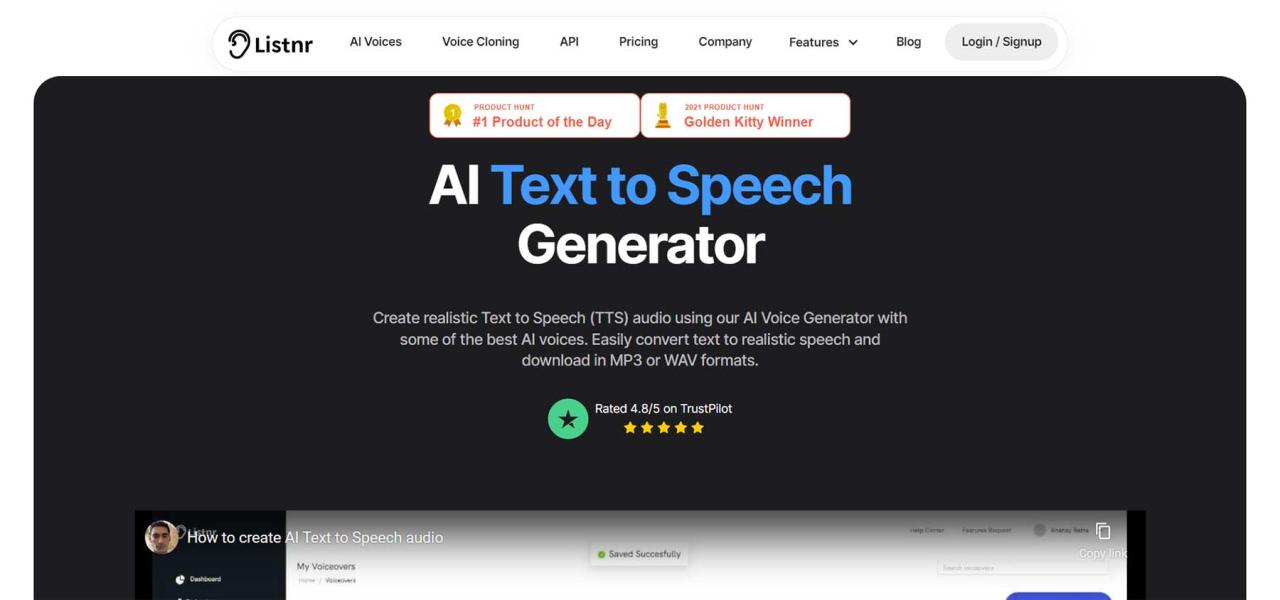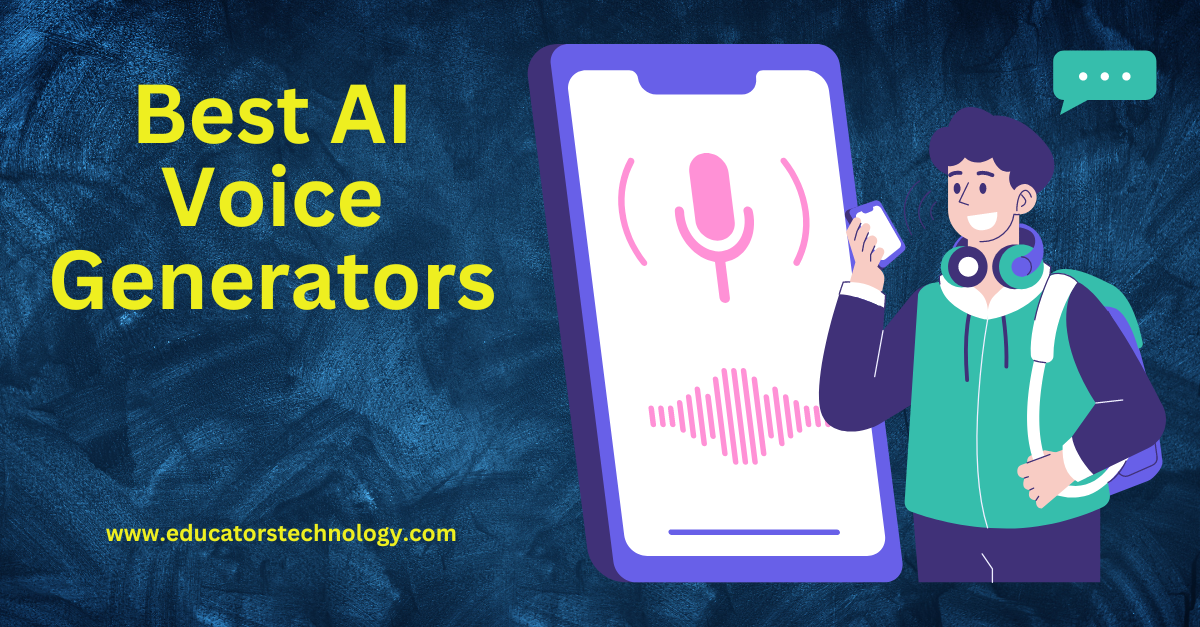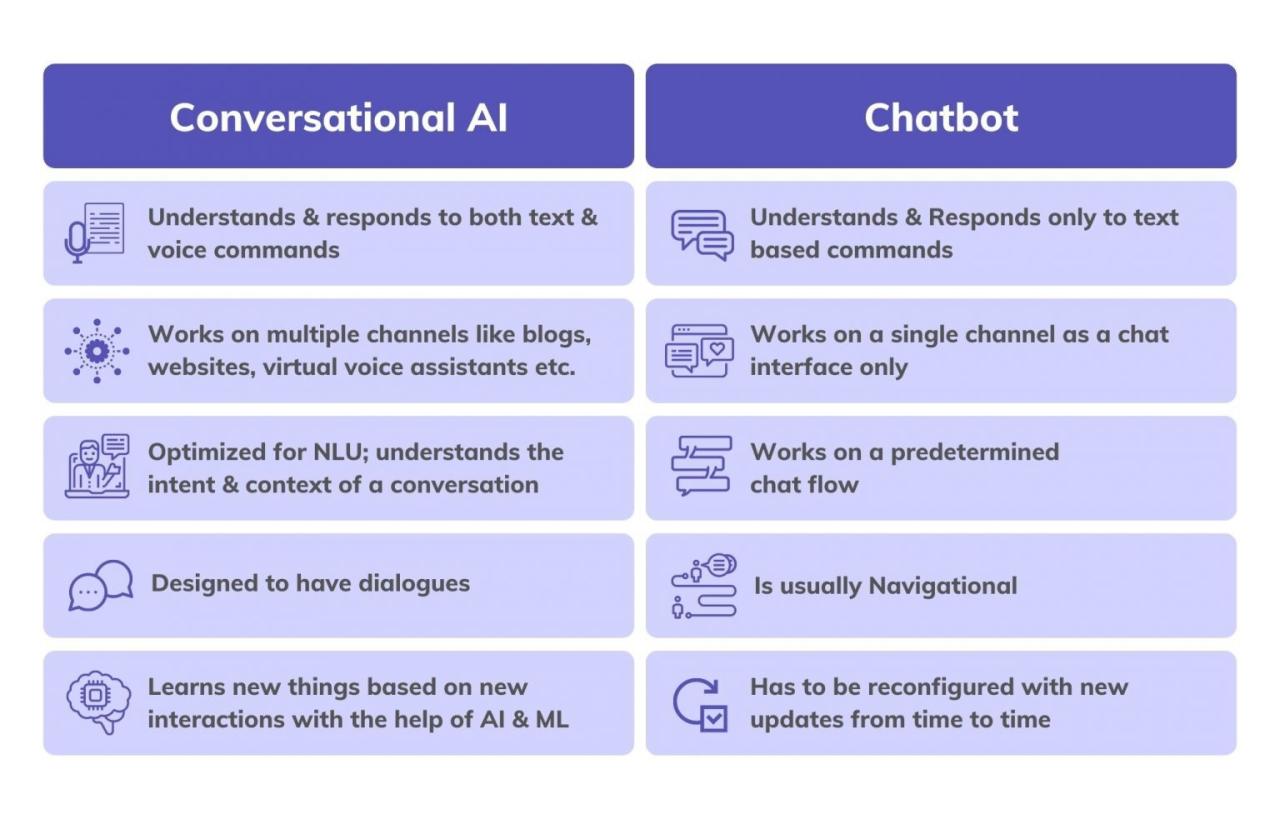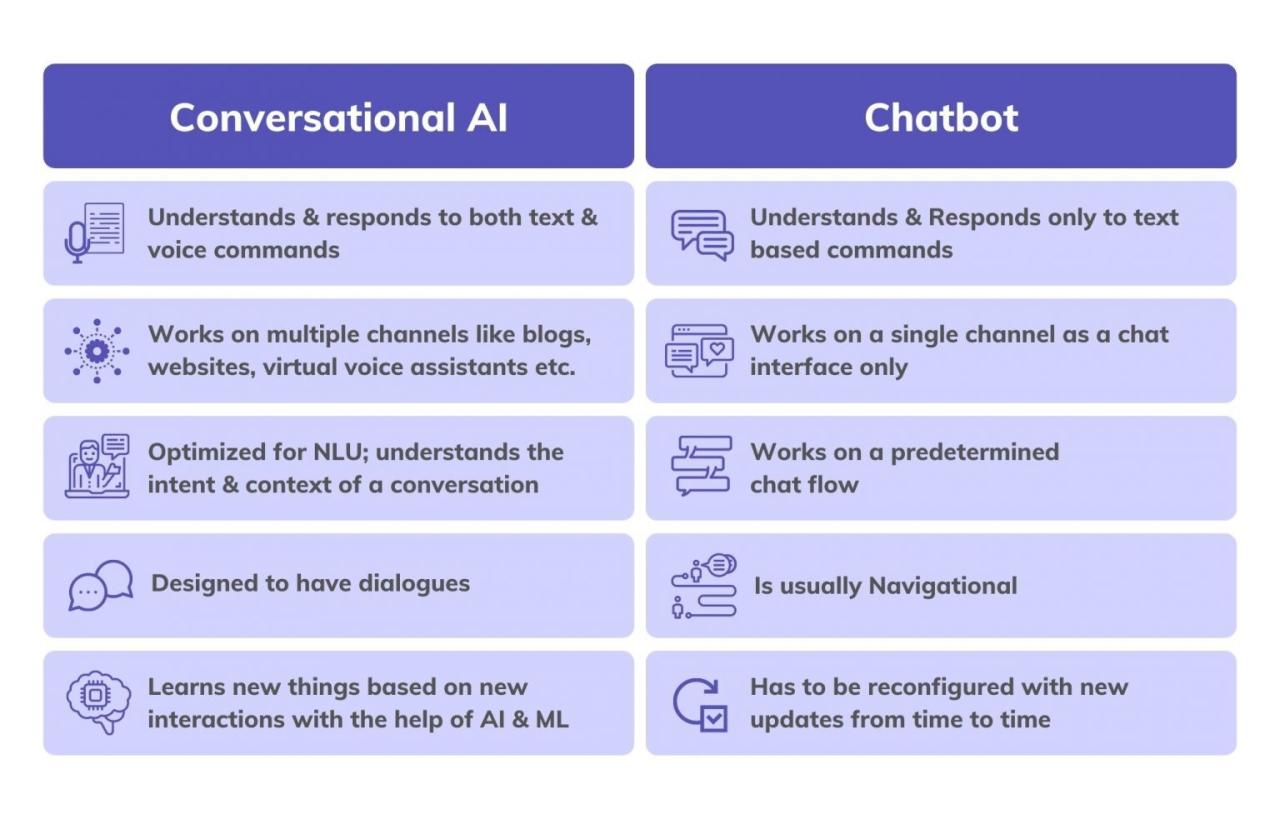Comparing different AI voice generator software options is crucial in today’s digital landscape. AI voice generation has exploded in popularity, offering solutions for everything from creating audiobooks and podcasts to powering interactive virtual assistants and improving accessibility for individuals with disabilities. This guide dives into the key features, pricing models, and user experiences of various software options, helping you choose the perfect tool for your needs.
We’ll explore the nuances of naturalness and expressiveness in generated voices, compare the ease of use of different interfaces, and analyze the various integration capabilities offered. We’ll also discuss the importance of considering pricing, licensing, security, and privacy implications when selecting an AI voice generator. By the end, you’ll have a clear understanding of the market and be equipped to make an informed decision.
AI Voice Generator Software: A Comprehensive Comparison

The world of AI voice generation is rapidly evolving, offering increasingly sophisticated tools for various applications. This article dives into the key features, capabilities, and considerations when choosing the right AI voice generator software for your needs. We’ll compare several popular options, helping you navigate the landscape and make an informed decision.
Introduction to AI Voice Generator Software
AI voice generators leverage deep learning algorithms to convert text into realistic-sounding speech. This technology has advanced significantly, producing voices that are remarkably natural and expressive. The current landscape is characterized by a wide range of software options, each with its own strengths and weaknesses. Applications span diverse industries, including e-learning, video production, accessibility tools, video games, and customer service chatbots.
Key features typically include a selection of voices and accents, customization options for pitch and tone, and integration capabilities with other software.
Comparing Key Features and Capabilities

A crucial aspect of choosing an AI voice generator is evaluating its core capabilities. This involves comparing the naturalness and expressiveness of the generated speech, analyzing the strengths and weaknesses of the underlying text-to-speech algorithms, and considering the level of voice customization offered. Cloud-based solutions provide accessibility and scalability, while locally installed software prioritizes privacy and control. The following table compares four popular AI voice generators based on these factors.
| Feature | Software A | Software B | Software C | Software D |
|---|---|---|---|---|
| Naturalness | High, very lifelike | Good, minor robotic quality at times | Moderate, noticeable artificiality | High, expressive intonation |
| Customization Options | Extensive, including pitch, tone, speed, and emotion | Limited, mainly speed and pitch adjustments | Basic, limited voice selection | Good, allows for some emotional inflection |
| Pricing | Subscription-based, tiered pricing | One-time purchase, limited features | Free (with limitations), paid upgrades available | Subscription-based, competitive pricing |
| Platform Compatibility | Windows, macOS, iOS, Android | Windows only | Web-based, cross-platform | Windows, macOS |
Ease of Use and User Interface, Comparing different AI voice generator software options
User experience significantly impacts the efficiency of AI voice generation. Intuitive interfaces streamline the workflow, while complex designs can hinder productivity. Some software excels with drag-and-drop functionality, clear visual cues, and straightforward navigation. Conversely, others might present challenges with confusing menus or unintuitive controls. An ideal user interface would feature a clean layout, easily accessible settings, real-time previews, and seamless integration with other tools.
So you’re trying to pick the best AI voice generator? It’s a tough choice with so many options! To take a quick break from that, check out this news: O’s agree to 1-year deal with veteran SP Charlie Morton. Now, back to those AI voices – remember to consider factors like naturalness and cost when comparing different software.
A simplified flowchart for an ideal AI voice generator interface might include: Text input field -> Voice selection menu -> Parameter adjustments (speed, pitch, tone) -> Preview button -> Generate audio button -> Export options.
Pricing and Licensing Models
Different software options employ various pricing strategies. Subscription models offer ongoing access to features and updates, while one-time purchases provide a fixed cost but may lack future enhancements. The choice depends on budget and usage frequency. The following table Artikels the pricing structures of four example software packages.
Picking the right AI voice generator can be tricky; you need to consider factors like naturalness and tone. It’s a bit like choosing a champion – check out this amazing story about how Luke Littler wins World Darts Championship at age of 17 – but which championship he won! Anyway, back to AI voices, remember to test out free trials before committing to a paid subscription to find the perfect fit for your project.
| Software | Pricing Model | Basic Plan Price | Features Included |
|---|---|---|---|
| Software A | Subscription | $19/month | Basic voice selection, limited customization |
| Software B | One-time purchase | $99 | Limited voice selection, basic customization |
| Software C | Freemium | Free (with limitations) | Limited usage, watermarked audio |
| Software D | Subscription | $29/month | Extensive voice selection, advanced customization |
Integration and API Capabilities

Many AI voice generators offer seamless integration with other applications and platforms through APIs. This allows developers to embed voice generation capabilities into their own projects, enhancing functionality and user experience. Examples include integrating with video editing software, presentation tools, or custom applications. Robust APIs provide developers with granular control over voice parameters and output formats.
Voice Quality and Customization Options
The range of voices and accents available, along with the level of control users have over voice parameters, are critical aspects of voice generator software. Some software allows for detailed customization of pitch, tone, speed, and even emotional inflection. The ability to create custom voices further enhances flexibility. For instance, to customize a voice in Software X, you might follow these steps: 1.
Select a base voice. 2. Adjust pitch and tone sliders. 3. Fine-tune speed and emotion settings.
4. Preview and save changes.
Performance and Scalability
Processing speed and efficiency vary among AI voice generators. Some handle large projects with ease, while others might struggle with extensive text input or complex customizations. Scalability is essential for users who need to generate a high volume of audio. For example, in a scenario involving the creation of 1000 audio files, Software X might complete the task in 2 hours, while Software Y takes 8 hours due to processing limitations.
Security and Privacy Considerations
Data security and user privacy are paramount when using AI voice generation software. Providers should implement robust security measures to protect user data and voice recordings. Privacy policies should clearly Artikel how user data is collected, used, and protected. Users should be aware of potential security risks and take appropriate precautions, such as using strong passwords and keeping software updated.
Summary: Comparing Different AI Voice Generator Software Options

Selecting the right AI voice generator depends heavily on your specific requirements and budget. While features like naturalness, customization, and integration are vital, remember to carefully weigh the pros and cons of each software option, considering factors like ease of use, pricing models, and security protocols. This comparison guide has armed you with the knowledge to navigate the world of AI voice generation and find the perfect solution for your project, be it a small personal endeavor or a large-scale commercial application.
Happy generating!
Expert Answers
What are the ethical considerations of using AI voice generators?
So you’re comparing different AI voice generator software options, right? Figuring out the best one can be tricky, especially when you consider the backend infrastructure. A skilled full stack developer can help optimize these tools for performance and scalability, ensuring your chosen software runs smoothly and efficiently. Once you’ve nailed down the tech side, comparing the actual voice quality and features of each AI generator becomes much easier.
Ethical concerns include potential misuse for creating deepfakes, copyright issues related to voice cloning, and the need for transparency about AI-generated content. Responsible use and awareness of these issues are crucial.
How much processing power do I need for AI voice generation software?
Requirements vary greatly depending on the software and the complexity of the task. Cloud-based solutions generally require less local processing power than locally installed software.
Can I use AI voice generators for commercial purposes?
Commercial use is usually governed by the software’s licensing agreement. Some offer commercial licenses, while others restrict use to personal projects. Always check the license before using the software for commercial purposes.
What file formats are typically supported by AI voice generators?
Commonly supported formats include MP3, WAV, and others. Check the specific software’s documentation for a complete list of supported formats.
